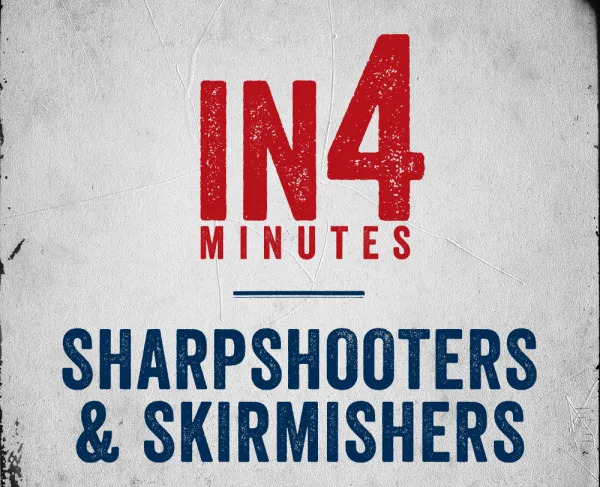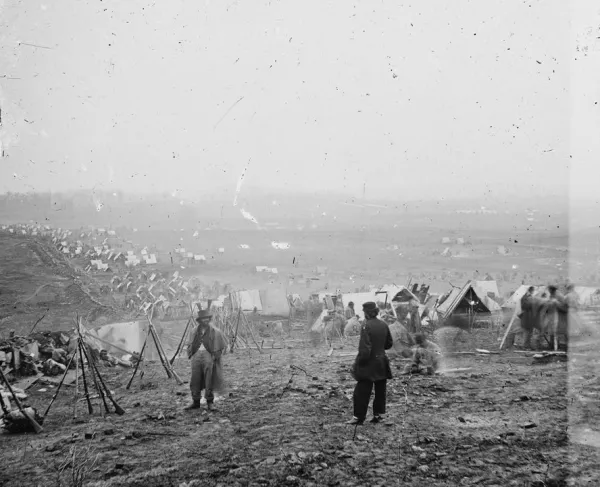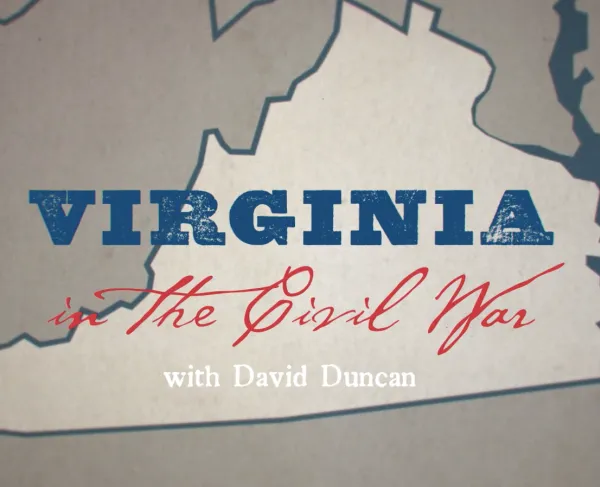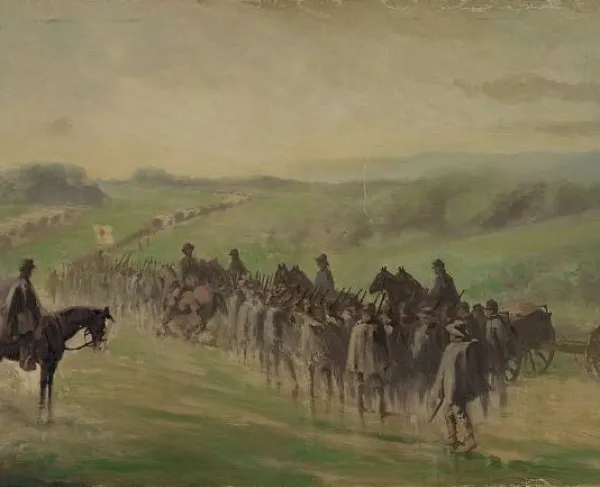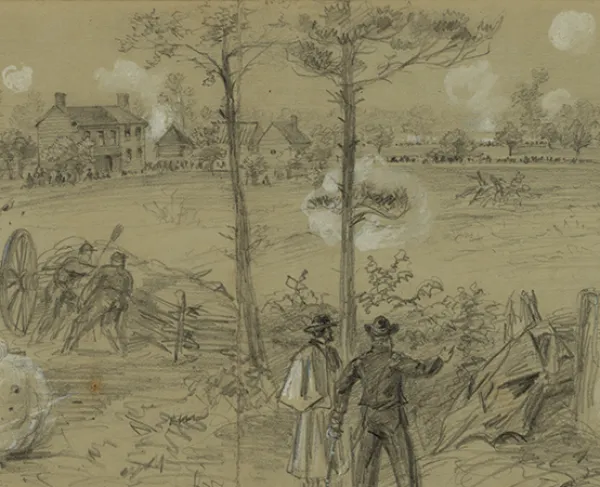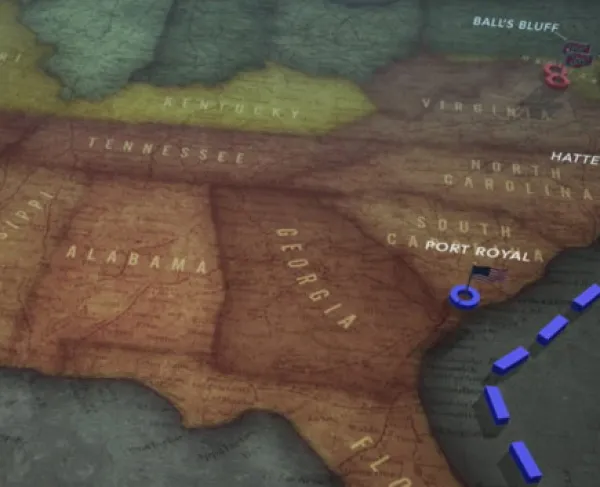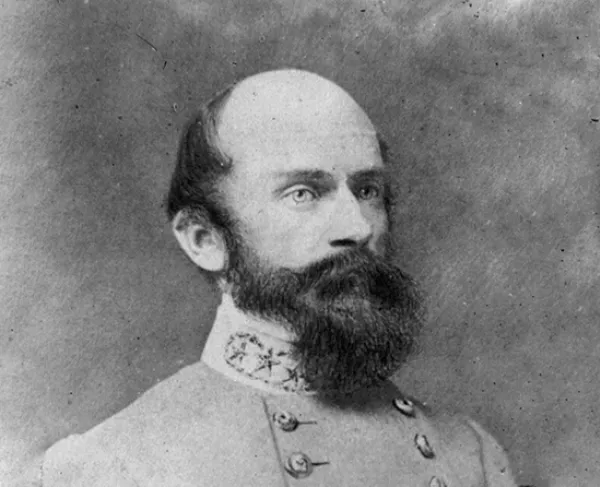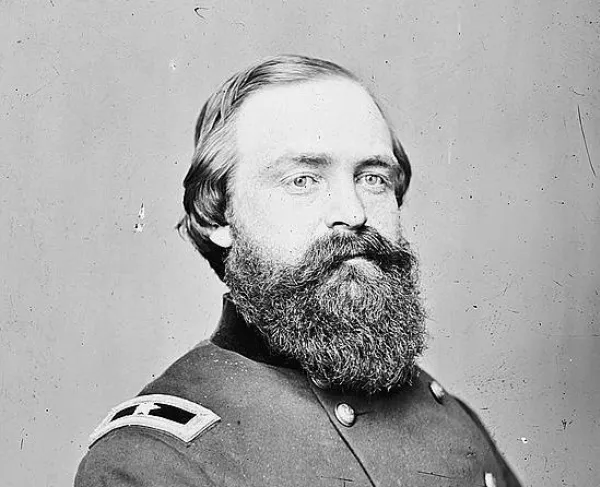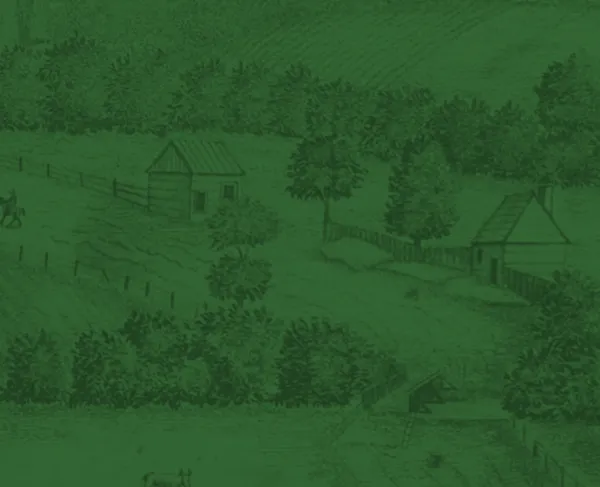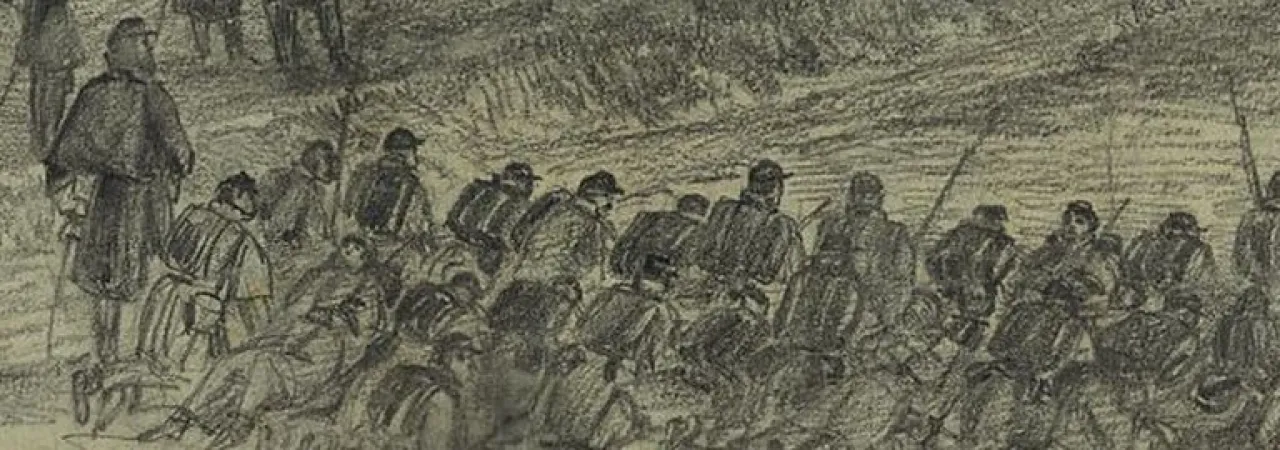
Morton's Ford
Culpeper, VA | Feb 6 - 7, 1864
The Battle of Morton’s Ford, though it was really more of a large skirmish, was the brainchild of General Benjamin Butler of Massachusetts, a man not exactly known for his strategic insight. During the winter of 1864, Butler became convinced that General Robert E. Lee had sent away a large portion of the Army of Northern Virginia to reinforce North Carolina, leaving the Confederate Capital of Richmond open for taking. To do this, he devised a plan to send a few brigades across the Rapidan River at Morton’s Ford and attract the attention of the remaining Confederates, while the main army advanced on Richmond. Despite some objections from his colleagues, particularly John Sedgwick, Butler’s plan had the backing of the Lincoln Administration, and so they were ignored.
On the morning of February 6, 1864, the first Union troops under John C. Caldwell’s command crossed the Rapidan. Despite the freezing conditions, at least one brigade under Alexander Hays and 300 skirmishers from the II Corps made it successfully across with limited casualties and captured 30 of the 80 Confederate soldiers guarding the ford. By 1:00, at least four brigades had managed to cross the river and had actually managed to catch the Confederates by surprise, as many were still in their camps, and had left their artillery batteries exposed to Union fire. Unfortunately, the commanding officer of the Morton sector, General Richard Ewell, was less than three miles away, and immediately gathered his men to reinforce his defenses. Ewell’s men manned the ridge and pinned down the Union brigades between the banks of the Rapidan. This created a stalemate for the next few hours, and though Hays made an assault on the Confederate line, he was repulsed and began the retreat as darkness fell.
Ultimately, Butler had badly misjudged both the number of men Lee had at his disposal and the feasibility of a flanking maneuver in such terrible winter conditions. Lee himself dismissed concerns about the attack, writing it off as a Union probe on Confederate weaknesses. The fighting would not flare up again until the beginning of Grant’s Overland Campaign.
Morton's Ford: Featured Resources
Related Battles
6,000
2,000
252
79
